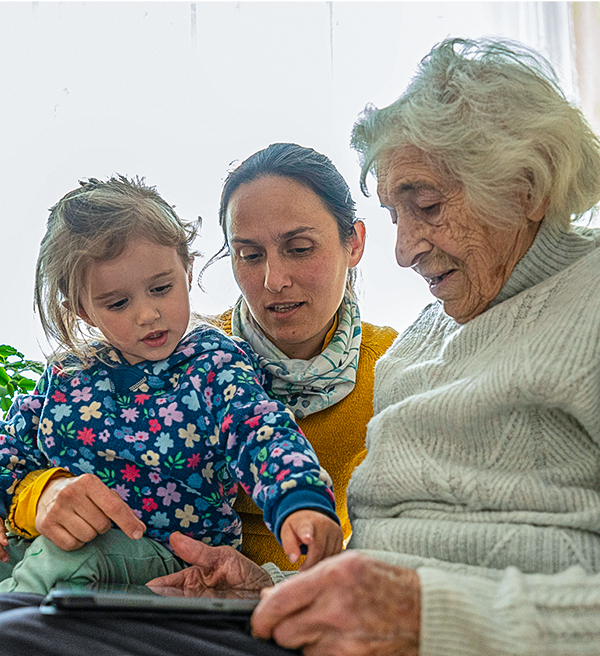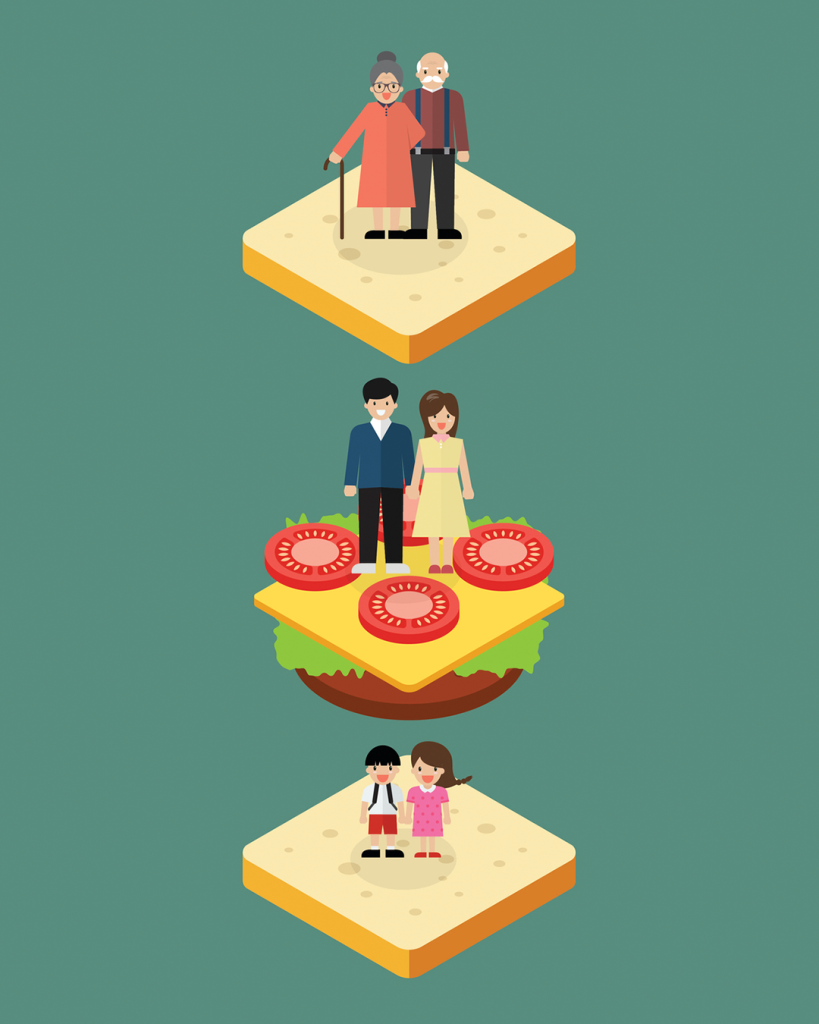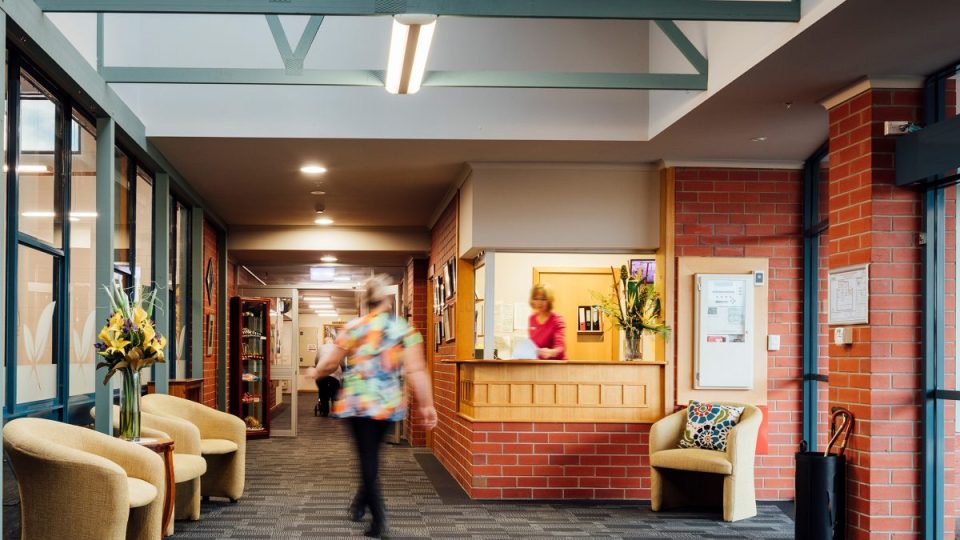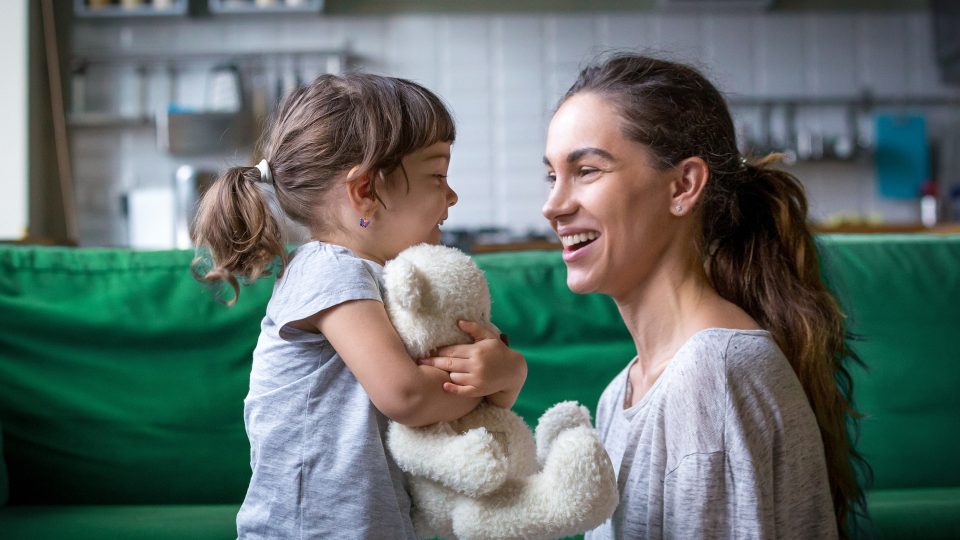The sandwich generation phenomenon
- 02 Jul 2025

Welcome to the first of two blogs on the theme of the Australian sandwich generation where we unpack this phenomenon.
Here are the key points:
-
The definition of the sandwich generation is layered
-
The sandwich generation is a growing societal phenomenon
-
There are many issues facing the sandwich generation care givers
In this first blog, we’ll cover the definition of the sandwich generation, the different types of caring that fall within it and some of the issues those in the sandwich generation face. In the second blog we will cover tips for dealing with life in the sandwich generation.
What is the sandwich generation?
The term ‘sandwich generation’ was created in the 1980s to describe adults with children under 18 and parents over 65. Since those early days, the sandwich generation is widening as women are working longer and having children later in life. Brisbane researcher Megan Godwin has found the “sandwich” now stretches from adults in their early 30s to those in their 60s, referring to anyone in society (usually women) who is ‘sandwiched’ between layers of intergenerational and simultaneous caring, for ageing parents and their own families.
The different types of caregivers on the sandwich generation platter
According to Carol Abaya, an ageing and elder/parent care issue expert, there are three types of sandwich generation caregivers:
- Traditional sandwich generation: Adults who care for their ageing parents and young children who – depending on their ages – may still require physical, emotional and financial support
- Club sandwich: Adults aged 40-60 who care for ageing parents, adult children and/or their grandchildren. Also refers to adults between the ages of 20-40 who care for ageing parents, young children and/or their grandparents
- Open-faced sandwich: Anyone else who helps provide senior care.
You can read more about Carol’s research here.
Understanding the Sandwich Generation in Australia: What you need to know
- About 1.5 million middle-aged Australians belong to the sandwich generation
- Adults in their 40s are most likely to be sandwich generation caregivers
- Women make up 91% of sandwich carers and 40% of those women also have paid jobs
- By 2030, it’s projected that approximately 20% of the Australian population will be aged 65 and over
- One in five sandwich caregivers has a child under 18, has financially supported or is financially supporting an adult child, and has cared for or is caring for an ageing parent.
You can find out more statistics in this useful resource.

Challenges facing the sandwich generation
Gendered nature of care
Women are particularly affected in the sandwich generation equation because caring responsibilities fall mainly on women. (Figures from the 2022 HILDA survey show females are “considerably more likely” to be carers than males, with 10.3 per cent of females over fifteen providing unpaid care compared with 6.3 per cent of males.)
It also revealed that women aged between 50 and 69 were the biggest providers of unpaid, ongoing care, ‘with over 12 per cent caring for a person with a disability or an older person’. This can cause issues amongst siblings too, where unequal division of labour between sons and daughters causes familial tensions.
The Covid layer
Sometimes circumstances, personal or public, can exacerbate the already challenging caring landscape. For example, various research studies such as this one have found that the COVID-19 pandemic has severely impacted the mental health of Australian society, particularly young people.
This means that many sandwiched carers are needing to provide increased care to their loved ones in the post-covid times, with school refusal/mental health issues on the rise too.
Australia’s ageing population
With Australia’s ageing population, greater longevity and older childbearing, sandwich generation issues will increase within the decade. There has been a lot of discussion this week on how having children later in life puts people (especially women) in the ‘care squeeze’. Young people are also staying in the family home for longer and the needs of older people are increasing as they are living longer and may not have the ability to properly support or care for themselves. This means that they may need to rely on support (physical, emotional and financial) from their adult children who are still building their careers while raising their own families.
Finances
Caregivers in the sandwich generation may have some level of responsibility for their ageing parent’s finances, as well as their own.
In a 2022 report into Poverty and Disadvantage in Australia, Professor Alan Duncan, Director of the Bankwest Curtin Economics Centre, wrote that poverty has a greater and more persistent impact on women — particularly if they are carers. (We will discuss what government assistance is available for caregivers in our next blog in this series).
Burn out
The over 50s insurance body, Australian Seniors, commissioned an independent research agency to survey 4533 Australians aged 50 or older with caregiving roles. It released a white paper this month on the impacts of the sandwich generation and found that women spend more hours per week on unpaid care and experience more symptoms of overwhelm and burnout (55% of women versus 29% men).
Emotional stress
One in four respondents in the Australian Seniors survey reported the ongoing and cumulative drain of living with guilt through feeling that they are not doing enough for their loved ones. This emotional (rather than physical) labour weighed most heavily on the carers.
Career juggle and effect of care squeeze on the workforce
Two in five caregivers surveyed said balancing caregiving and work was their biggest challenge, with three out of five having to choose between professional responsibilities and caregiving. Other studies show themes of carers reducing work hours and foregoing opportunities at work so they can fulfil their care duties. This phenomenal shift in our demographic is putting enormous pressure on the caregivers and also on the workforce.
Melissa Reader of the Violet Initiative commented that we are losing key workers – teachers, nurses and aged care staff who are either needing to step out of work or wind down their hours to take on the role of carer to their elderly parents. You can hear more about this from the @abcnewsaustralian.
To read more about caregiver burden and burnout – signs to look out for and ways to prevent it, read the tips here. To read more about ways to care for the carer click here.
Baptcare offers additional support for primary carers. Call 13 22 78 to talk to us about our Day Centres in Melbourne and Devonport.
Community news
-

BaptistCare to acquire Keyton’s Western Australian retirement village portfolio
BaptistCare is pleased to announce that we have entered into an agreement to acquire Keyton’s portfolio of retirement villages in WA.
- 13 Nov 2025
-

Spotlight on Residents: Reg Baker
At Baptcare, we are always delighted to learn more about our residents’ lives. They are often filled with excitement, joy, and adventure, and it truly reminds us how rich a person’s life is—and continues to be—when they join one of our residential aged care communities. Today, we are honoured to share the remarkable story of one of our residents, Reg Baker, who lives at Baptcare Peninsula View Residential Aged Care community.
- 10 Nov 2025
-

Staff spotlight | Leonie Irvine – 35 years of service in aged care
Leonie is one of our dedicated Lifestyle Assistants at Karingal Residential Aged Care community in Devonport, Tasmania. She recently celebrated an incredible milestone - 35 years of continuous service at Baptcare. In a sector where long-term service is increasingly rare, Leonie’s 35-year journey stands out as something truly special.
- 10 Nov 2025
